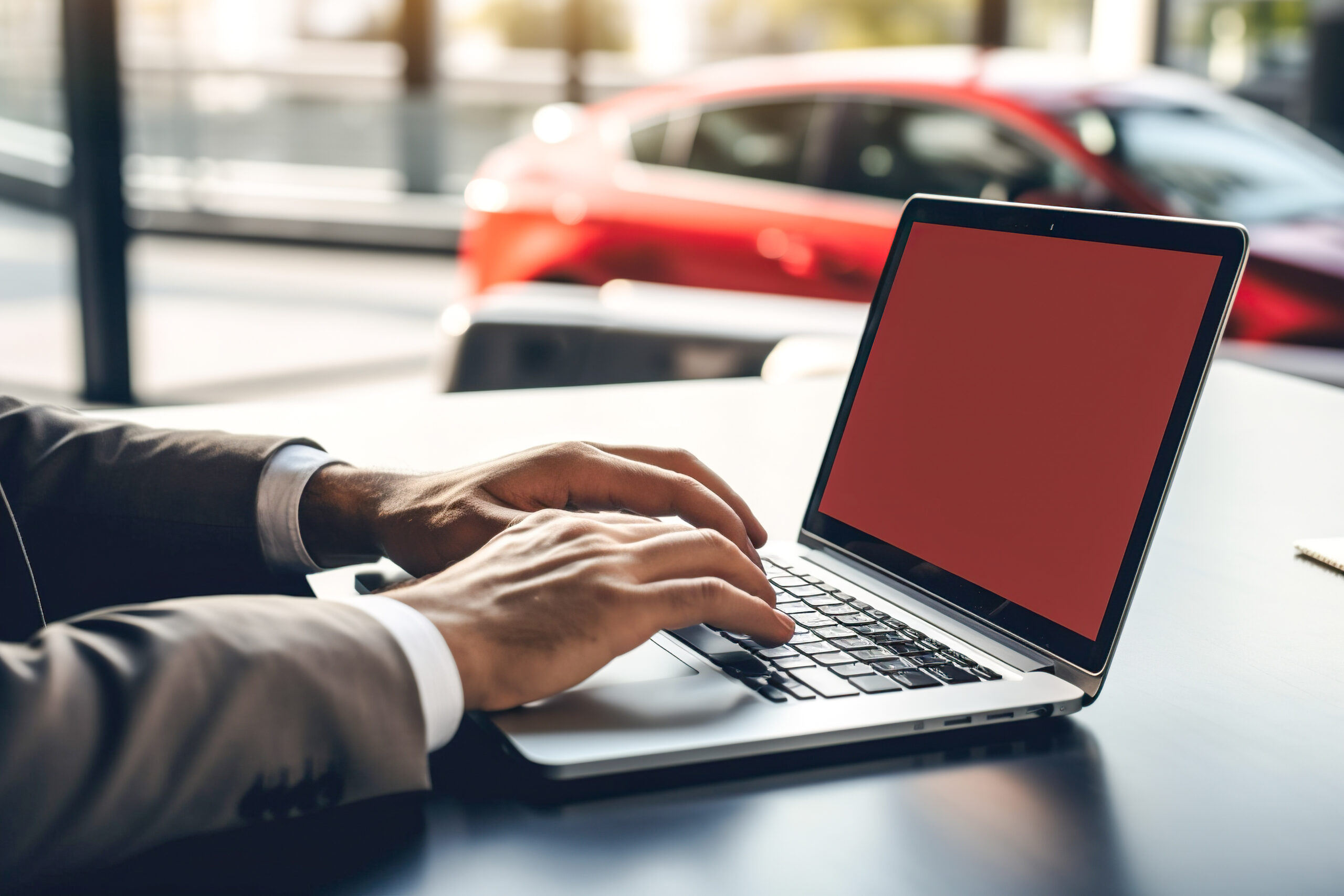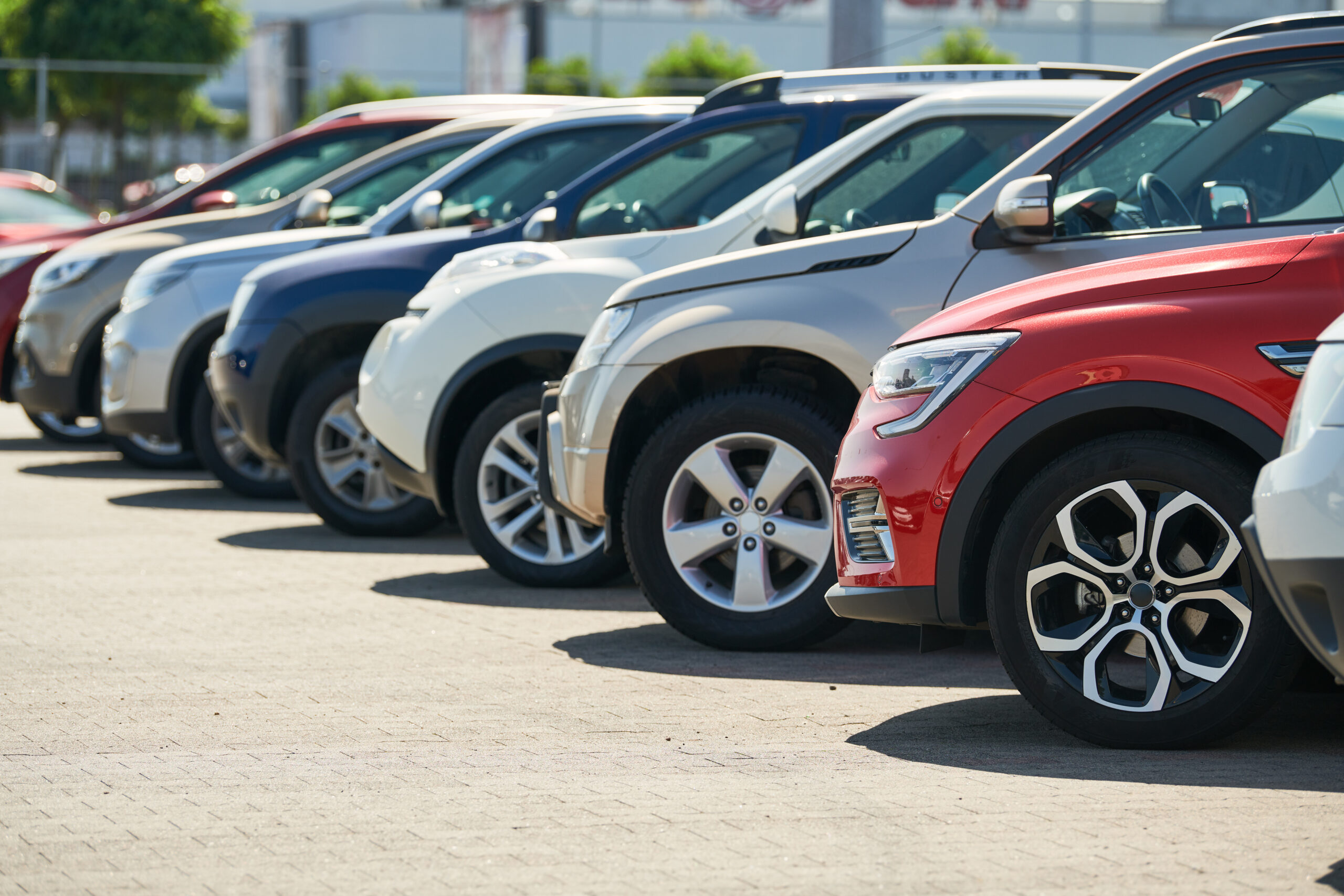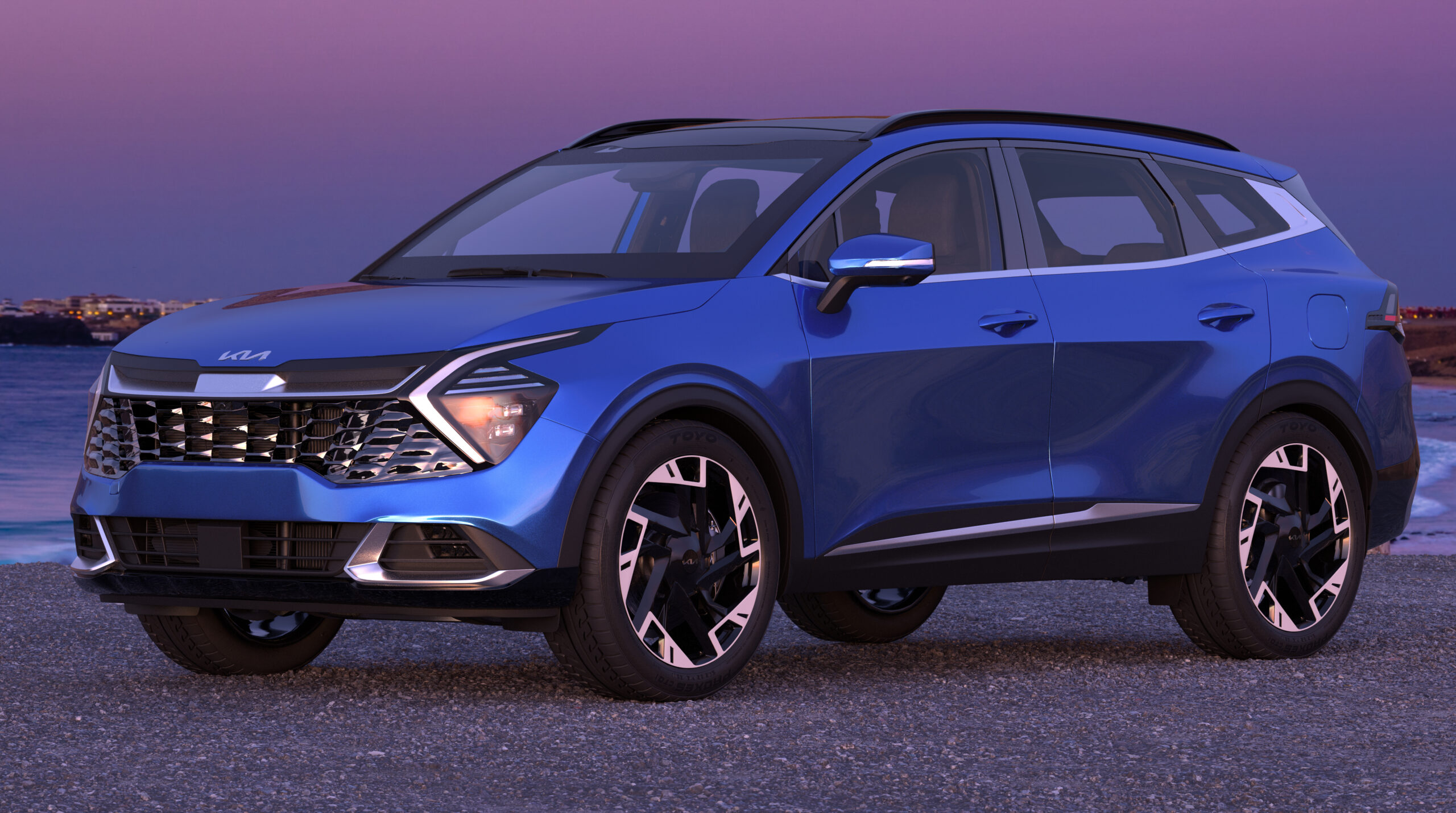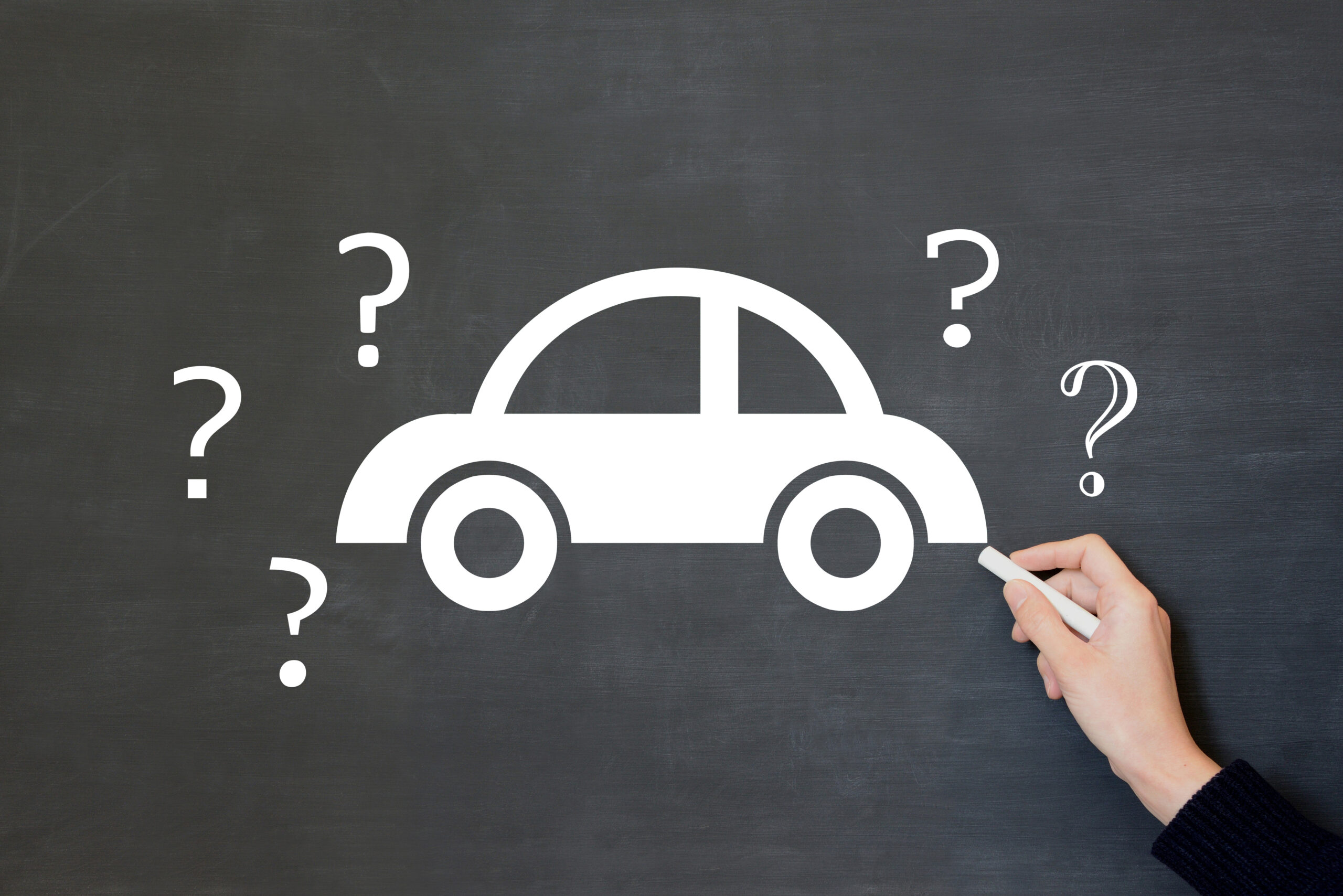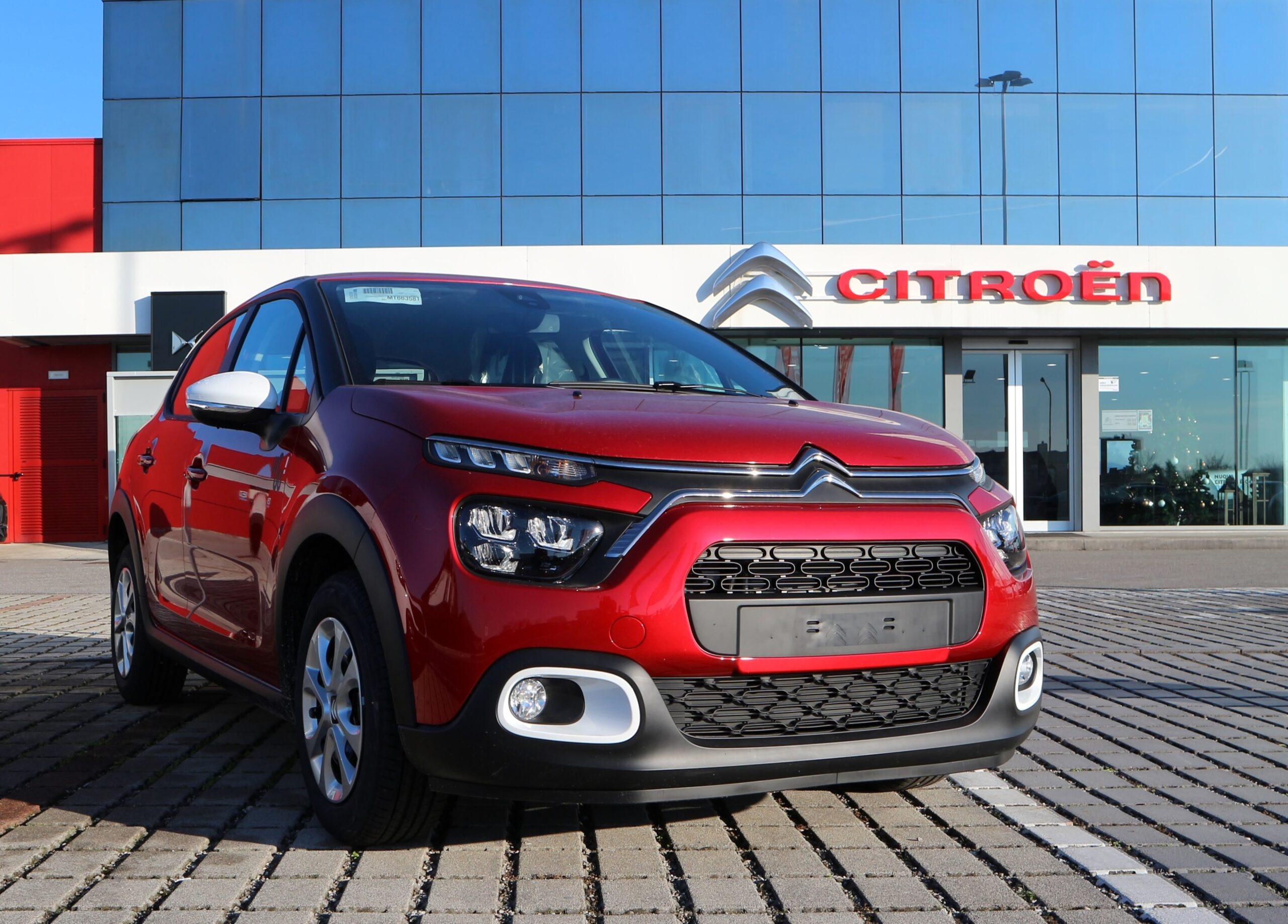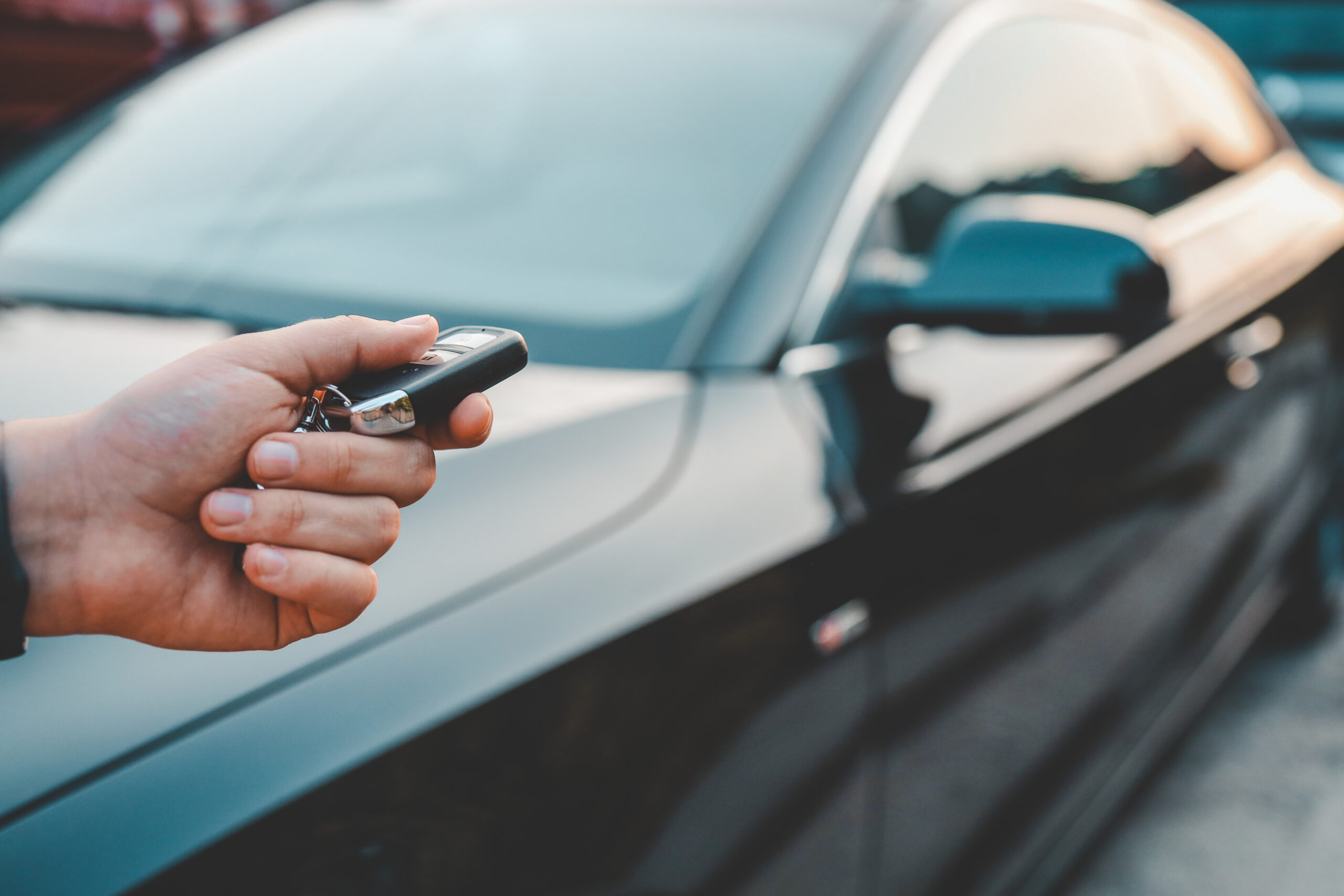
The Ultimate Guide to Car Leasing
Car leasing has become an increasingly popular option for many drivers in the UK, offering an alternative to purchasing a vehicle outright. This comprehensive guide aims to provide you with all the information you need to make an informed decision about car leasing. We’ll cover what car leasing is, how it works, the benefits and drawbacks, and provide you with tips on finding the best deals. Whether you’re a first-time leaser or considering switching from buying to leasing, this guide is here to help.
What is Car Leasing?
Car leasing, also known as contract hire, is essentially a long-term rental agreement. Instead of purchasing a car, you pay a fixed monthly fee to use it for a set period, typically between 2 to 4 years. At the end of the lease term, you return the car to the leasing company, often with the option to lease a new vehicle. This arrangement allows you to drive a brand-new car every few years without the financial commitment of ownership.
Types of Car Leasing
There are two main types of car leasing:
- Personal Contract Hire (PCH): This is the most common form of car leasing for private individuals. You pay an initial deposit followed by fixed monthly payments for the duration of the lease. At the end of the term, you return the car.
- Business Contract Hire (BCH): Similar to PCH, but designed for businesses. It can offer VAT benefits and is often used by companies to provide cars for employees.
How Does Car Leasing Work?
The process of car leasing is relatively straightforward, but it’s important to understand each step to ensure you get the best deal possible.
Step 1: Choose Your Car
The first step is selecting the car you want to lease. Most leasing companies offer a wide range of makes and models, from economy cars to luxury vehicles. Consider your needs, budget, and preferences when choosing a car.
Step 2: Decide on Lease Terms
Once you’ve chosen your car, you’ll need to decide on the lease terms. This includes:
– Lease Duration: Most leases last between 24 and 48 months.
– Annual Mileage: You’ll need to estimate how many miles you plan to drive each year. Exceeding this limit can result in additional charges.
– Initial Payment: This is typically a larger upfront payment, often equivalent to 3, 6, or 9 months of lease payments.
Step 3: Monthly Payments
Your monthly payment is calculated based on the car’s depreciation over the lease term, the interest rate, and any additional fees. It’s important to compare different leasing offers to find the best deal.
Step 4: Maintenance and Insurance
Leased cars must be maintained in good condition. Some leases include maintenance packages, but you may need to arrange your own servicing and repairs. Insurance is also your responsibility, and you must ensure the vehicle is fully insured.
Step 5: End of Lease
At the end of the lease, you return the car to the leasing company. The vehicle will be inspected, and you may be charged for any damage beyond normal wear and tear. You then have the option to lease a new car or walk away.
Benefits of Car Leasing
Leasing a car offers several advantages, making it an attractive option for many drivers. Here are some of the key benefits:
Lower Monthly Payments
One of the main advantages of car leasing is lower monthly payments compared to financing a car purchase. Since you’re only paying for the car’s depreciation during the lease term, the payments are often significantly lower than loan repayments.
Drive a New Car Every Few Years
Leasing allows you to drive a new car every few years without the hassle of selling your old vehicle. This means you can enjoy the latest technology, safety features, and fuel efficiency improvements.
Reduced Maintenance Costs
New cars are less likely to need major repairs, and many leases include maintenance packages that cover routine servicing. This can result in lower overall maintenance costs compared to owning an older vehicle.
No Depreciation Worries
When you lease a car, you don’t need to worry about its resale value. Depreciation is factored into your lease payments, and you simply return the car at the end of the term.
Tax Benefits for Businesses
Business contract hire can offer VAT benefits, making it a cost-effective option for companies. Lease payments can often be deducted as a business expense, reducing the overall tax burden.
Drawbacks of Car Leasing
While car leasing has many benefits, it’s also important to consider the potential drawbacks before making a decision.
No Ownership
When you lease a car, you never actually own it. This means you don’t build any equity in the vehicle, and at the end of the lease, you have to start over with a new lease or purchase.
Mileage Limits
Leases come with annual mileage limits, typically between 8,000 and 15,000 miles. If you exceed these limits, you may be charged a per-mile fee, which can add up quickly.
Potential Fees
At the end of the lease, you may be charged for any damage beyond normal wear and tear. Additionally, if you terminate the lease early, you may face significant penalties.
Insurance Requirements
Leased cars often require higher levels of insurance coverage, which can increase your overall costs. Be sure to factor this into your budget when considering a lease.
No Customisation
Since you don’t own the car, you can’t make any permanent modifications or customisations. This can be a drawback if you like to personalise your vehicle.
How to Find the Best Car Leasing Deals
Finding the best car leasing deal requires some research and comparison. Here are some tips to help you secure the best offer:
Compare Multiple Offers
Don’t settle for the first lease deal you find. Compare offers from different leasing companies and dealerships to ensure you’re getting the best price. Look at the total cost of the lease, including any fees and charges.
Check for Special Offers
Many manufacturers and dealerships offer special leasing deals and incentives, such as reduced initial payments, lower monthly rates, or maintenance packages. Keep an eye out for these promotions to save money.
Negotiate Terms
Just like when buying a car, there’s often room for negotiation in a lease deal. Don’t be afraid to ask for better terms, such as a lower monthly payment or a higher mileage limit.
Consider the Total Cost
When comparing lease deals, consider the total cost over the entire lease term, not just the monthly payment. This includes the initial payment, monthly payments, and any end-of-lease charges.
Read the Fine Print
Before signing a lease agreement, carefully read the terms and conditions. Make sure you understand all the fees, charges, and requirements, including mileage limits, maintenance obligations, and end-of-lease procedures.
Frequently Asked Questions About Car Leasing
Is car leasing a good option for everyone?
Car leasing can be a great option for many drivers, but it may not be suitable for everyone. It’s ideal for those who prefer driving new cars, don’t want the hassle of ownership, and are comfortable with mileage limits. However, if you drive a lot, prefer owning your vehicle, or want to customise your car, buying may be a better option.
What happens if I exceed my mileage limit?
If you exceed the mileage limit on your lease, you will typically be charged a per-mile fee. This fee varies by leasing company but can range from 5p to 15p per mile. Be sure to factor this into your decision if you expect to drive more than the agreed mileage.
Can I buy the car at the end of the lease?
Some lease agreements offer the option to buy the car at the end of the lease for its residual value. This can be a good option if you’ve grown attached to the vehicle or if the buyout price is attractive. Check your lease agreement to see if this option is available.
What is gap insurance, and do I need it?
Gap insurance covers the difference between the car’s value and the amount you owe on the lease if the vehicle is written off or stolen. It’s often recommended for leased cars since the insurance payout may not cover the remaining lease payments. Check with your insurance provider to see if gap insurance is included or available as an add-on.
Can I end my lease early?
While it’s possible to end a lease early, it often comes with significant penalties. Early termination fees can be substantial, and you may be responsible for the remaining lease payments. If you think you may need to end the lease early, discuss this with the leasing company before signing the agreement.
Conclusion
Car leasing offers a flexible and cost-effective way to drive a new car without the long-term commitment of ownership. With lower monthly payments, reduced maintenance costs, and the ability to drive the latest models, it’s no wonder that leasing has become a popular choice for many drivers in the UK.
However, it’s important to carefully consider your needs, budget, and driving habits before deciding if leasing is right for you. By comparing multiple offers, reading the fine print, and understanding the terms of your lease, you can secure the best deal and enjoy the many benefits of car leasing.
Ready to explore the best car leasing deals? Visit our manufacturer links to find the perfect lease for your needs and drive away in your dream car today.

